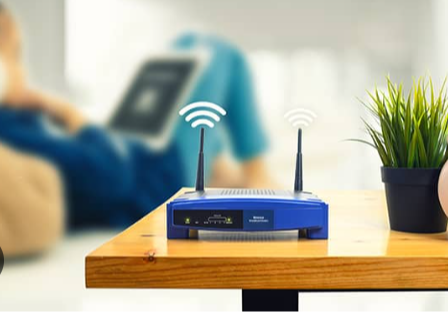How to Secure Your Home Network in 5 Steps
Securing a home network is a critical aspect of safeguarding personal information and devices. The process involves several technical steps that can significantly enhance security. Changing default login credentials is paramount, as is enabling network encryption. Regular firmware updates also play a vital role. Additionally, setting up a guest network and monitoring connected devices can provide further protection. Each step is essential, yet many overlook the nuances involved in implementation.
Change Default Login Credentials
Many home network devices come with default login credentials that are widely known and easily accessible.
To enhance security, it is crucial to change these to strong passwords, which should be complex and unique.
Implementing multi-factor authentication further fortifies access, ensuring that unauthorized users cannot infiltrate the network.
This proactive approach empowers users to maintain control and safeguard their digital environment effectively.
Enable Network Encryption
Changing default login credentials is only one aspect of securing a home network; enabling network encryption is another critical measure.
Various network encryption types, such as WPA2 and WPA3, utilize advanced encryption protocols to safeguard data transmission.
Implementing these protocols effectively protects against unauthorized access, ensuring that personal information remains confidential and secure while providing users the freedom to navigate their network without fear of intrusion.
Update Router Firmware
Updating router firmware is a crucial step in maintaining the security and performance of a home network.
Regular firmware updates enhance router security by patching vulnerabilities and improving functionality.
Failure to perform these updates can expose the network to threats, undermining the user’s autonomy.
Therefore, staying informed about available firmware updates is essential for preserving a secure, efficient, and reliable home network environment.
Set Up a Guest Network
Creating a guest network is an effective method for enhancing home network security by isolating visitors’ devices from the primary network.
This approach allows for controlled guest access while maintaining the integrity of personal data and devices.
Network isolation minimizes potential risks associated with unauthorized access, enabling users to enjoy the freedom of sharing their internet connection without compromising their overall network security.
Monitor Connected Devices
How can homeowners ensure that their network remains secure and free from unauthorized access?
Implementing regular network scanning is essential for effective device identification. By monitoring connected devices, homeowners can detect unfamiliar connections and mitigate potential threats.
Utilizing advanced tools can provide insights into network activity, allowing for timely intervention and enhanced security. This proactive approach safeguards personal information and maintains network integrity.
Conclusion
In conclusion, securing a home network is not merely a precaution; it is an ongoing necessity that demands vigilance. Each of the five steps outlined serves as a formidable barrier against potential threats, yet the landscape of cyber risks is ever-evolving. As users implement these measures, they must remain alert, knowing that lurking within the shadows of their network may be unseen vulnerabilities. The question remains: will they stay one step ahead, or will complacency invite an unwelcome breach?






